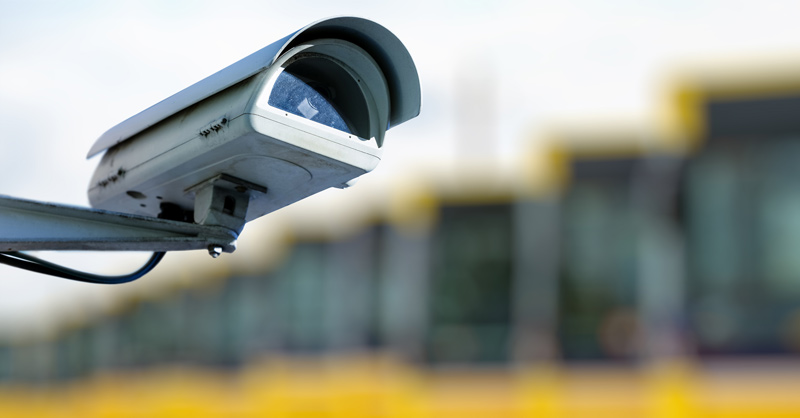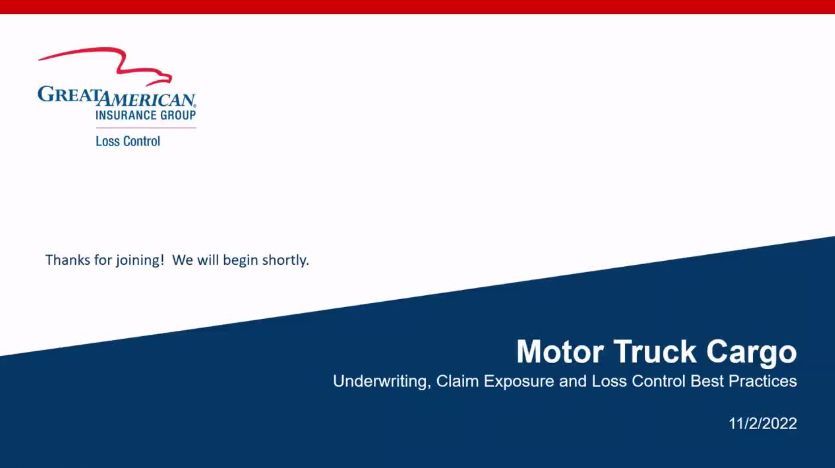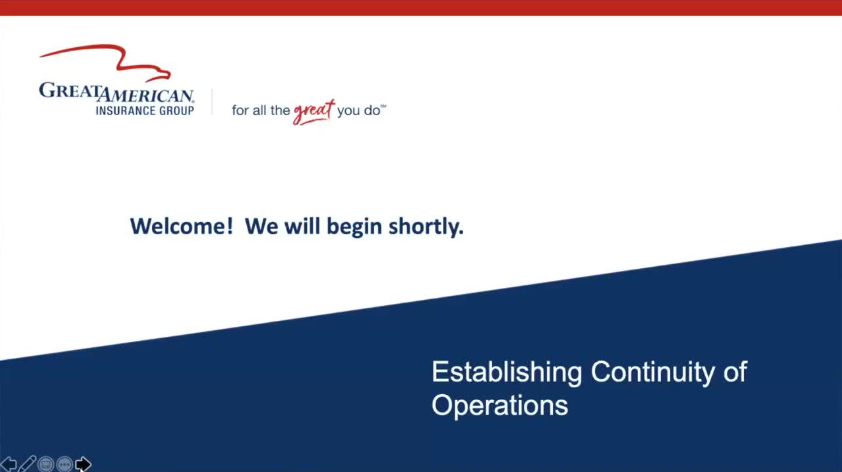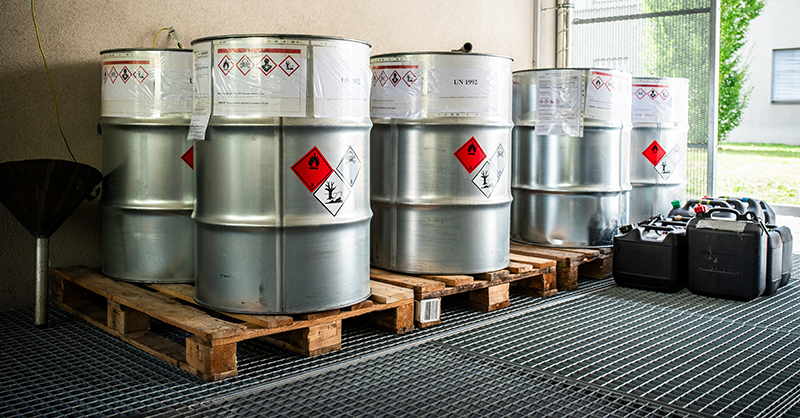Help Prevent Vehicle Theft in Your Organization

Many organizations rely on vehicles each day to carry out their operations. Unfortunately, vehicle theft and vandalism have become increasingly common. When vehicle theft or vandalism occurs in an organization, it often leads to significant interruptions to important work that the organization is trying to achieve. These interruptions are often costly when they stop daily activities.
According to the Insurance Information Institute (www.iii.org):
- In 2019, 721,885 vehicles were stolen.
- The average dollar loss per theft was $8,886.
- Industry observers caution that thieves constantly devise new and sophisticated means of stealing autos. Tactics include acquiring smart keys.
Fortunately, today’s technology provides organizations with an increased ability to prevent or reduce the likelihood of an incident.
Often, the technology can be both inexpensive and useful. As technology has advanced, additional opportunities have been created for organizations to better protect their vehicles. Below are examples of tools that organizations can now utilize to help secure their vehicles:
- A built-in GPS tracker that can monitor the vehicle’s speed and location.
- An electronic immobilizer that allows organizations to turn off a vehicle via a smartphone or computer device.
- A fuel cutoff that can be used to disable vehicle ignition when not in use.
- A smart key that is wirelessly programmed to the car for authorized users.
The National Insurance Crime Bureau recommends a 4-layer approach using both physical and electronic tools:
Layer 1: Use Common Tools
- Lock your doors.
- Close your windows.
- Remove your keys from the ignition.
- Park in well-lit areas.
Layer 2: Use a Visible or Audible Device
- Audible alarms
- Steering column collars
- Steering wheel/brake pedal lock
- Brake and wheel lock
- Theft-deterrent decals
- ID markers in or on vehicle
- Window etching
- Micro Dot marking
Layer 3: Install a Vehicle Immobilizer
- Smart Keys
- Fuse cutoffs or ‘kill switches’
- Starter, ignition, and fuel disablers
- Wireless ignition authentication
Layer 4: Invest in a Tracking System
GPS tracking devices emit a signal that is forwarded to police or monitoring services. In addition, these devices can monitor the vehicle’s speed and telemetry to prevent a loss.
Catalytic Converter Theft
Thefts of catalytic converters are common and need a special level of prevention because of the relative ease of removal. Catalytic converters are valuable because they contain precious metals such as platinum, palladium and rhodium. The cost to replace them can be over $2,000 depending on the size and make of the vehicle. Some newer vehicles have two catalytic converters installed. Most catalytic converters are easy to steal since they only require a simple saw to remove and are often untraceable. Below are some ways you can protect vehicles from catalytic converter theft:
- Install a special metal shield over your catalytic converter that a saw cannot easily cut. These shields can be self-installed or installed by a mechanic.
- Etch the VIN (Vehicle Identification Number) or license plate number onto the catalytic converter. If found, police can return the property to you.
- Park in a secured area such as a well-lit private garage or an area with cameras.
- Install a fence with a lockable gate around your vehicle storage area(s).
- Install motion-sensing cameras/sensors in the immediate area that can alert a perpetrator.
Garage Security
For organizations that store their vehicles in garages overnight, security is paramount to preventing theft. Organizations may use private on-site garages or off-site parking that is leased to them and secured by a third party.
Below are some loss control measures that can help reduce the chance of a theft:
- Restrict access to the facility with secured entrances and exits.
- Use parking lot surveillance; have cameras on-site with monitors or on-site security guards.
- Maintain a well-lit facility designed to reduce shadows and blind spots from vehicles.
- Complete criminal checks for employees.
- Reduce the amount of cash on-site; consider only accepting credit cards and prepaid parking.
- Put agreements in place if the lot is leased from a third party with proper security personnel on-premises.
- Mount a GPS or motion camera inside the vehicles to monitor activity.
- If there are other services available inside the facility, restrict access to garage areas.
Resources
Insurance Information Institute | Facts + Statistics: Auto Theft
National Highway Traffic Safety Administration | Vehicle Theft Prevention
National Insurance Crime Bureau | Prevent Auto Theft













